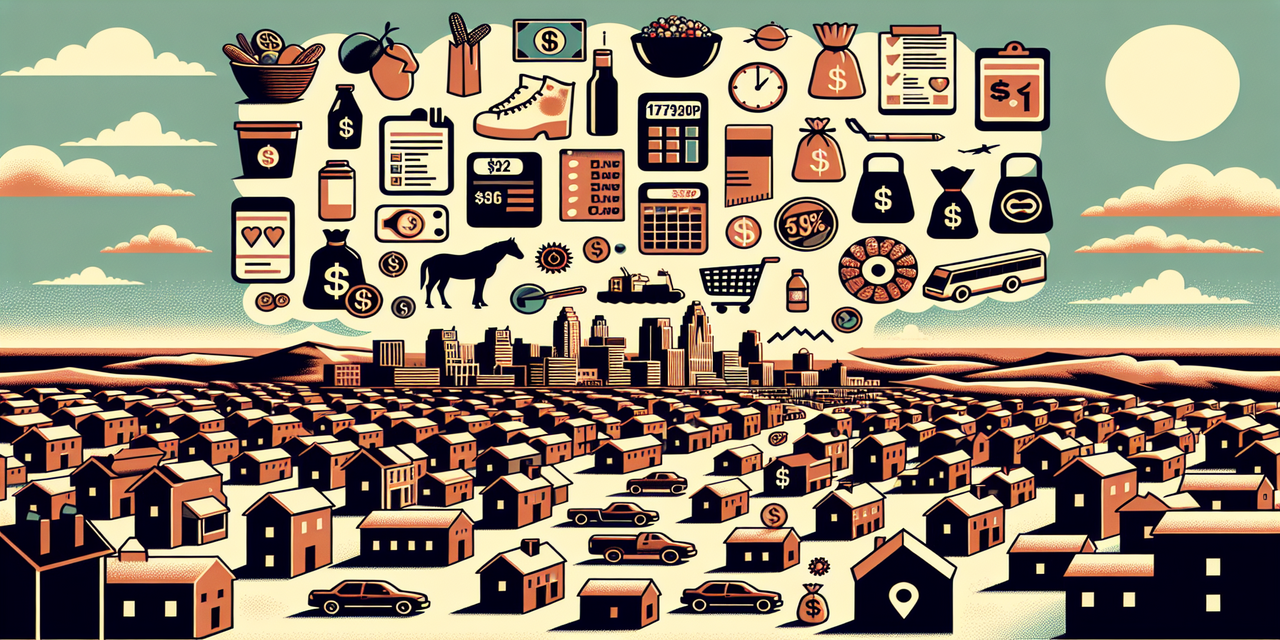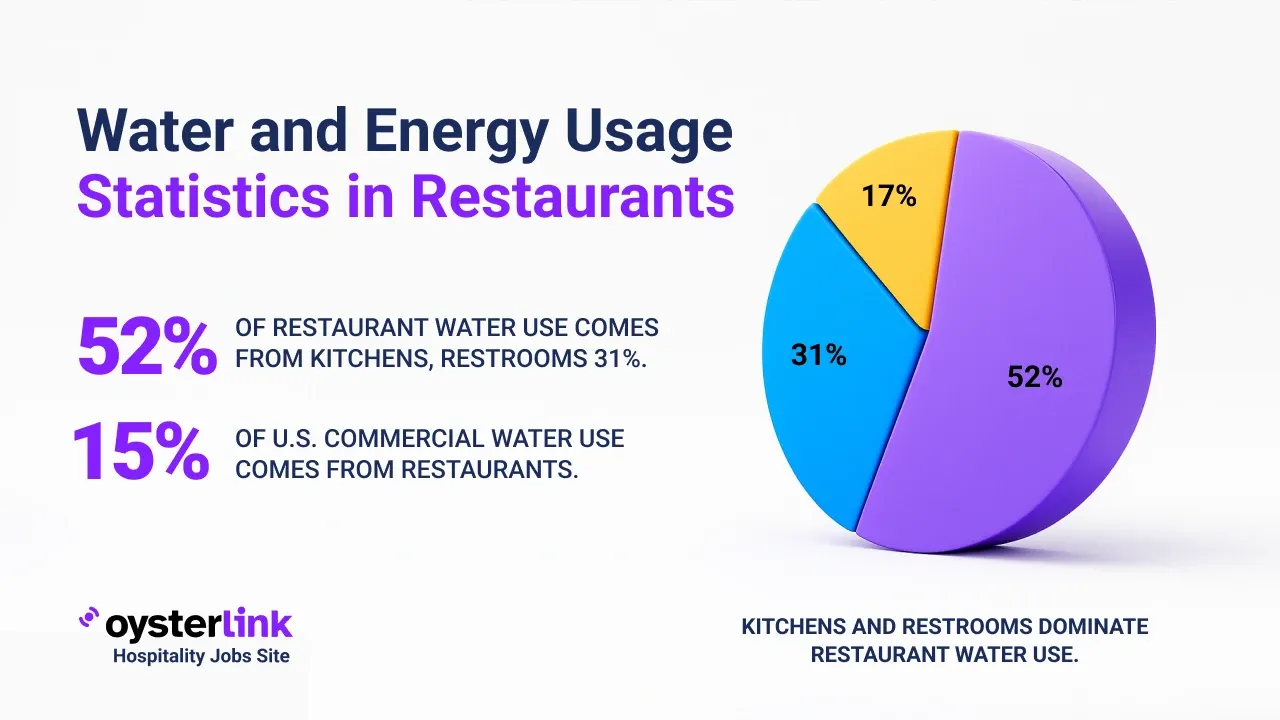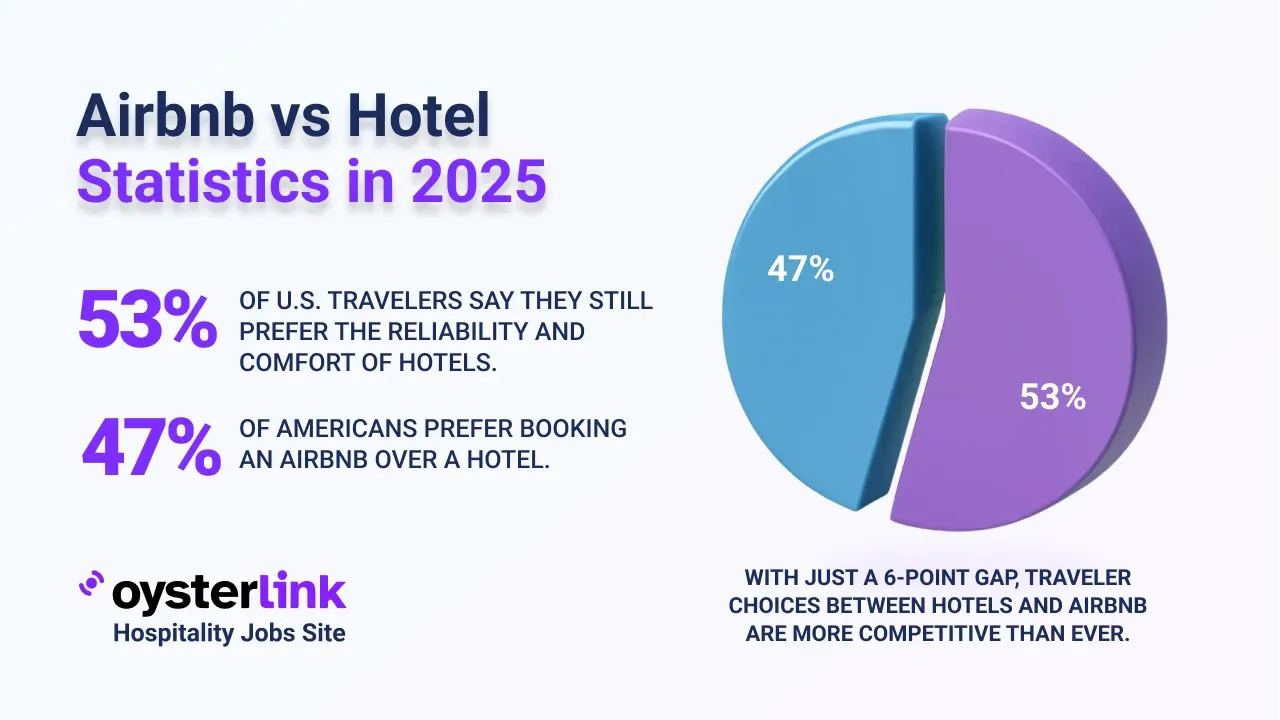South Dakota Cost of Living: Quick Takeaways
- Housing Costs: Rent for a one-bedroom apartment in South Dakota is around $704 in 2025, showing relative stability over recent years.
- Transportation Expenses: Public transportation is affordable with fares averaging $1.50 one-way and monthly passes about $50.
- Healthcare Costs: Employer-sponsored health insurance averages about $139.67 monthly, with silver plan premiums around $715 monthly.
- Utilities and Groceries: Monthly utility costs total about $187.92, while grocery expenses average $256.48 per person.
South Dakota offers an affordable lifestyle with lower than average living costs across most categories. This article breaks down the various factors creating the overall cost landscape.
From housing to healthcare and beyond, understanding these expenses can help residents and potential movers plan financially for 2025.
1. Housing Costs in South Dakota
Housing remains one of the largest living expenses. Here's how rent for a one-bedroom apartment has evolved over the past decade and more:
- 2010: Approximately $625
- 2015: Around $700
- 2020: Nearly $750
- 2024: About $716
- 2025: Estimated at $704
These numbers suggest relatively stable rent prices in recent years with slight fluctuations.
For hospitality business owners looking into local rental trends to plan staffing accommodations, understanding housing costs can help optimize employee retention strategies. Our hospitality real estate market trends spotlight offers deeper insights into costs and market dynamics.
2. Homeownership and Real Estate Trends in South Dakota
For buyers, median home prices have increased notably:
- 2010: $150,000
- 2015: $180,000
- 2020: $220,000
- 2024: $329,000
- 2025: Projected around $335,000
This trend indicates a robust real estate market with rising property values.
Employers looking to relocate or open new properties can benefit from our guide to leasing restaurant space, which covers important considerations about commercial real estate tailored for hospitality businesses.
3. Transportation Expenses in South Dakota
Transportation options include affordable public transit and vehicle-related costs:
- Public Transit: One-way fares average $1.50, with monthly passes costing around $50.
- Fuel Costs: Gas is priced at approximately $3.26 per gallon as of 2025.
- Vehicle Maintenance: Annual upkeep averages near $1,000.
Private transport costs vary but tend to remain reasonable compared to urban centers.
4. Utility Costs in South Dakota
Typical monthly utility bills for an average household consist of:
- Electricity: Approx. $127.92
- Internet Services: Around $60.00
Overall utilities average about $187.92 per month, reflecting slightly below national averages.
5. Grocery and Food Expenses in South Dakota
Groceries typically cost about $256.48 per person monthly, generally close to the national average.
Eating out varies with casual meals costing around $12 and mid-range restaurant dinners averaging $40.
Restaurants and foodservice businesses aiming to attract and retain staff will find useful guidance in our restaurant staff hiring strategies spotlight.
6. Healthcare Costs in South Dakota
Health-related expenses include employer plans and private coverage:
- Employer-Sponsored Insurance: Costs average $139.67 monthly.
- Silver Plan Premiums: About $715 monthly on average.
Healthcare costs remain below many U.S. states, improving affordability.
7. Educational Expenses in South Dakota
Education offerings feature a mix of public and private options:
- Public Schools: Tuition free as funded by taxes.
- Private Schools: Average tuition near $8,000 annually.
- In-State University: Tuition around $9,000 per year for residents.
These costs vary widely depending on institution and level.
8. Entertainment and Leisure in South Dakota
Recreational costs provide affordable options:
- Movie Tickets: Usually $10 each.
- Gym Memberships: Approximately $30 monthly.
- Meals at Mid-Range Restaurants: About $40 per person.
Annual spending on entertainment and care services totals around $2,000 and $600 respectively.
9. Taxes and Miscellaneous Fees in South Dakota
Key tax information:
- State Income Tax: None (0%)
- Sales Tax: Estimated at 4.2%
- Property Tax: Average rate approximately 1.17%
The absence of state income tax supports overall cost savings for residents.
10. Childcare and Family Expenses in South Dakota
Childcare costs include:
- Daycare: Around $800 monthly.
- After-School Programs: Approximately $250 monthly.
- Extracurricular Activities: Roughly $100 per month.
These figures are crucial for families budgeting child-related expenses.
11. Clothing and Personal Care in South Dakota
Monthly personal expenses break down as follows:
- Clothing: Estimated $100
- Personal Care: About $50 for grooming and related products.
These costs are in line with national averages reflecting everyday needs.
12. Insurance Costs in South Dakota
Insurance premiums cover health, auto and housing:
- Health Insurance: Average monthly premium about $715.
- Auto Insurance: Annual premiums estimated near $959.
- Homeowners Insurance: Around $1,200 yearly.
- Renters Insurance: Approximately $180 annually.
Insurance costs contribute significantly to the overall budget.
Restaurant and hotel owners can explore restaurant insurance cost insights to manage and mitigate risks effectively.
13. Miscellaneous Expenses in South Dakota
Additional living costs include:
- Entertainment Expenses: Estimated annual spending of $2,000.
- Personal Care Services: Around $600 spent yearly.
- Miscellaneous Goods and Services: Averaging $700 per year.
These categories reflect lifestyle choices and other regular expenses.
14. Income and Salaries in South Dakota
Median household income data over the years shows growth:
- 2010: About $50,000
- 2015: Near $55,000
- 2020: Approximately $60,000
- 2023 and 2025: Around $72,421
This growth aligns with economic development in the state.
Hospitality employers can access valuable career path information for potential hires with our unlock your potential career guide that highlights promising roles and growth opportunities.
15. Comparison with National Averages
South Dakota's cost profile compared to U.S. norms:
- Overall Cost of Living: Approximately 7% lower
- Housing: Around 12% more affordable
- Utilities: Roughly 10% less expensive
- Food: About 3% lower costs
- Healthcare: 8% cheaper on average
- Transportation: 7% below national average
- Goods and Services: Approximately 4% cheaper
These differences emphasize South Dakota's affordability as a key draw.
For employers, understanding competitive salary ranges is crucial. Browse through various restaurant manager salary data as a sample for compensation insights.
Our Methodology for South Dakota Cost of Living Figures
Data presented here was gathered from reputable resources including government statistics, local reports, and trusted databases like Numbeo and Zillow. Where exact figures were unavailable, reasonable estimates were made to ensure a comprehensive and accurate portrayal of South Dakota's living costs in 2025.
South Dakota Cost of Living: Conclusion
South Dakota offers a cost of living below national averages across most major categories including housing, utilities, healthcare and transportation.
Its lack of state income tax and reasonable property taxes add further financial advantages for residents.
For those seeking affordable living balanced with decent income opportunities, South Dakota in 2025 presents a compelling option worth considering carefully for relocation or investment.
Hospitality employers preparing to expand or relocate may also find our comprehensive restaurant staffing resources and guides extremely helpful in building effective teams.

.webp)
.webp)

